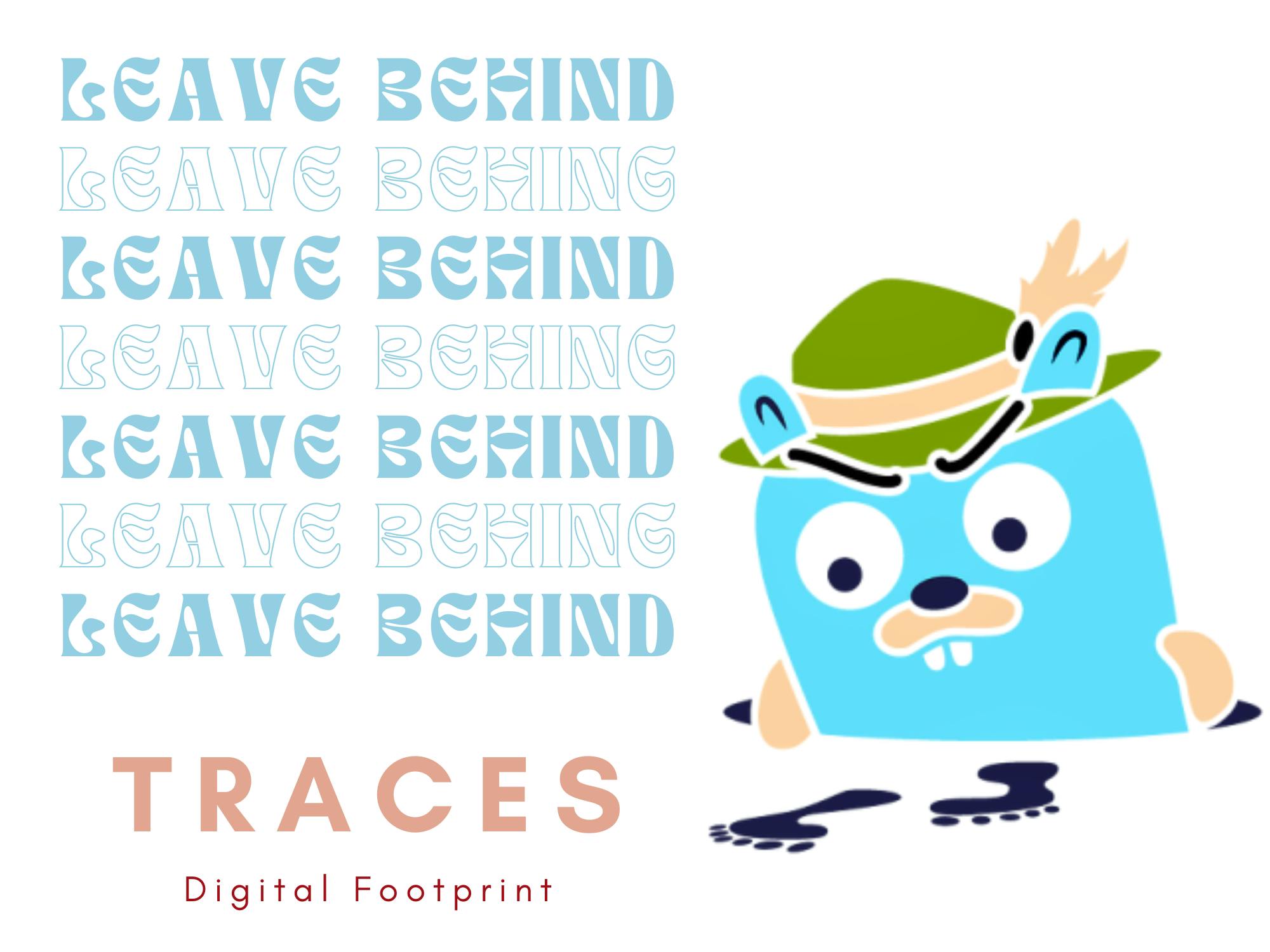Unraveling the Mysteries of Digital Footprints: Understanding Traces in the Digital World
May 10, 2024

Introduction
In the vast expanse of the digital realm, traces echo the essence of reality, mirroring its significance. They encapsulate the intricate dance of capturing and documenting the essence of application execution. These traces serve as invaluable guides, illuminating the path toward understanding user behaviour and swiftly pinpointing flaws within our creations. Join us on this journey as we delve deeper into the enigmatic world of digital traces, arming you with the knowledge to wield them effectively in your development endeavours.
What Are Traces?
Traces paint a comprehensive picture of the intricate journey initiated by a single request to an application. Whether your application stands as a solitary monolith or as a complex network of interwoven services, traces serve as indispensable guides, unveiling the complete trajectory traversed by each request. Harnessing the power of traces within applications has yielded profound insights into system dynamics, particularly within the realm of distributed systems.
Why do Traces Matter?
Traces extend far beyond mere debugging; they encompass a diverse array of horizons, including:
- Understanding User Behaviour: Traces, offering a granular depiction of each user request's journey, serve as a powerful tool for unraveling user behaviour within the application. Armed with this intricate insight, stakeholders can craft data-driven strategies, enriching decision-making processes with a profound understanding of user interactions and preferences.
- Capacity Planning and Scalability: Traces are invaluable in revealing resource utilization patterns and performance trends over time, empowering teams to conduct effective capacity planning and timely infrastructure provisioning. By leveraging this data, organisations can optimize resource allocation, ensure scalability, and maintain optimal performance levels to meet evolving demands efficiently.
- Security and Compliance: Traces play a crucial role in security auditing and compliance efforts by providing a detailed audit trail of data access and manipulation, helping ensure adherence to regulatory requirements and best practices.
The Journey of Traces
At its core, a trace comprises a collection of spans, each delineating a distinct unit of work within an operation's execution. These spans encapsulate the tasks performed during the runtime of application code. Once generated, they are transmitted to storage, either directly or via a collector. To extract actionable insights, a plethora of tools are available for querying and visualising this data, facilitating a deeper understanding of system behaviour and performance dynamics.
Risks Associated with Traces
- Privacy Concerns: Traces, especially in the context of user interactions with applications, can contain sensitive information. Without proper safeguards, these traces may inadvertently expose personal data, raising significant privacy concerns. Whether it's user input, authentication tokens, or other identifiable information, mishandling traces can lead to breaches of privacy regulations and erosion of user trust.
- Data Breaches and Identity Theft: Traces often traverse various components and services within a system, potentially exposing vulnerabilities that malicious actors could exploit. Such breaches not only jeopardise the integrity of the system but also pose a direct threat to user privacy and may facilitate identity theft or fraud.
- Surveillance and Tracking: In certain contexts, traces may be leveraged for surveillance or tracking purposes, whether by malicious entities or even by well-intentioned organisations seeking to monitor user behaviour for targeted advertising or other purposes.
Looking Ahead
The future of traces looks promising to me but here are some trends that especially fascinate me:
- Enhanced Observability: Traces are poised to become an integral component of comprehensive observability platforms, providing deeper insights into system behavior, performance, and user interactions across distributed environments. This evolution will enable organisations to gain a holistic understanding of their applications and infrastructure, facilitating more proactive and data-driven decision-making.
- Standardization and Interoperability: Efforts to standardize trace formats, protocols, and APIs will accelerate, fostering greater interoperability and seamless integration across diverse toolsets and platforms. This standardisation will enable organisations to leverage traces more effectively, regardless of the underlying technologies or vendors involved, thereby enhancing collaboration and reducing vendor lock-in.
- Real-Time and Contextual Analysis: Future traces will increasingly support real-time monitoring and analysis capabilities, allowing organisations to detect and respond to performance issues, security threats, and user behaviour in near real time.
Conclusion
In conclusion, traces are pivotal in modern systems, offering insights into user behaviour, aiding in capacity planning, and ensuring security. Despite challenges like privacy concerns and data breaches, the future of traces looks promising. Trends like enhanced observability and real-time analysis will drive innovation, enabling organizations to navigate the complexities of the digital landscape with agility and confidence.